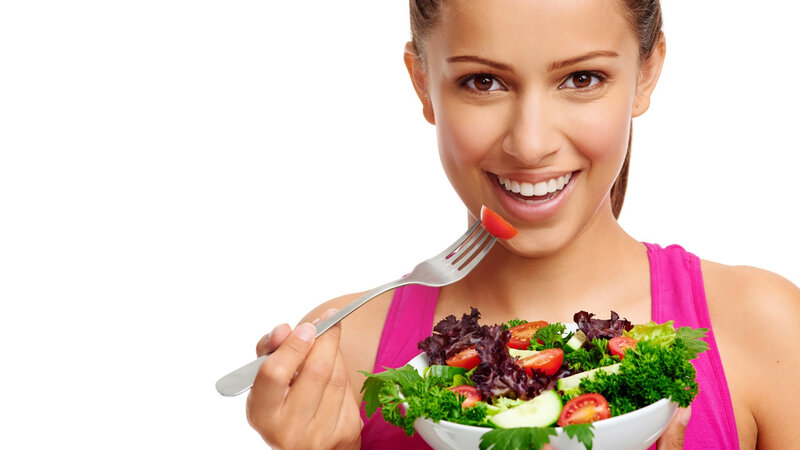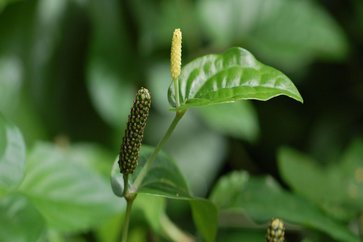Ayurvedic Diet Recommendations For Type 2 Diabetes
Type 2 diabetes has become the most common form of disease these days. If you have got type 2 diabetes, it means that your body either doesn’t produce enough insulin, or it resists insulin.
Ayurveda recognizes 20 forms of Prahema (diabetes) of which 4 are caused by Vata, 6 by Pitta and another 10 are due to Kapha. Prameha, however, is mostly Kapha dosha, and all forms left unchecked will eventually lead to Madhumeha (Diabetes Mellitus).
Diabetes is said to have four major causes: A diet too high in Kapha dosha including sugar, potatoes, fats, and rice, too little exercise, psychological stress or strain, and excessive sleep periods.
Adult-onset diabetes Mellitus is a metabolic condition where the body cannot properly metabolize blood glucose, leading to hyperglycemia or high blood sugar and glycosuria or sugar in the urine.
Not properly managed, diabetes leads to serious long-term complications such as heart attack and stroke, blindness, nerve damage, amputation of limbs, itching or pruritis, and male impotence.
Diabetic Diet Food List
The most effective way to manage adult-onset diabetes is careful diet planning and avoiding certain types of food. Ayurvedic diet recommendations include avoiding any form of sugar, as in potatoes, rice, bananas, cereals, and fruits containing high sugar content.
Including at least one bitter dish with each meal and eating lots of green vegetables, soy, fish, and black gram, along with bitter gourd, cucumbers, string beans, garlic and onion, and fruits like Indian gooseberry, grapes, and Jambul fruit.
1. Herbs & Vegetables
Additionally, herbs and raw vegetables are important to stimulate the pancreas and enhance the production of insulin. A number of Ayurvedic herbs have been found to be quite effective in lowering blood sugar levels and treating diabetes.
The best part of these herbal supplements is that they are all natural and produce no side effects. These herbs include bitter gourd, bael, gurmar leaves, fenugreek, turmeric, onion, Nayantara, neem, garlic, and sugar gota.
2. Bitter Gourd
Regarded as one of the best Ayurvedic treatments for diabetes, the bitter gourd reduces blood glucose levels in a number of ways. Try drinking one tablespoon of juice from bitter gourd daily, cooking it four three months in ghee, or drinking a daily mixture of one cup of bitter gourd and one tablespoon of Indian gooseberry juice for a period of two months.
3. Water
Other Ayurvedic remedies to control blood glucose include drinking a glass full of water containing 10 each of neem leaves, tulsi leaves, and belpatras early in the morning before eating, mixing a powder made from ground Fenugreek seeds, turmeric, and white pepper with a glass of milk twice a day, and drinking a cup of water each morning that has been allowed to remain in a copper vessel overnight.
4. Beans
Another Ayurvedic principle for treating diabetes is the use of Kashaya rasa (astringent taste) to deal with food cravings, weight issues, insulin resistance, and high blood sugar.
Beans such as moth beans, mung beans, lima beans, soybeans, fava beans, pinto beans, white beans, kidney beans, and black-eyed peas have a strong astringent taste along with a low glycemic index and are loaded with nutrition. Kashaya rasa also helps balance Kapha dosha, which is considered to be out of balance in Prameha.
5. Whole-grain foods
Ayurveda also advises consumption of whole-grain foods and cereals such as buckwheat, barley, wheat, sorghum, quinoa, rye, pearl millet, wild rice, maize, and spelling, which are plentiful in minerals, vitamins, and phytochemicals as well as dietary fiber.
6. Spices
Lastly, Ayurveda emphasizes the importance of spices in the management of Prahema, including turmeric, cumin, fenugreek, coriander, cinnamon, mustard, bay leaves, cloves, curry, nutmeg, onion, garlic, ginger, allspice, basil, and sage to improve appetite and digestion, boost metabolism and overall energy. Spices should be selected according to body types, however, and used sparingly, as they are very high in potency.
In Ayurveda as well as Western medicine, diet and exercise are key in managing type 2 diabetes, which is largely caused by a sedentary lifestyle and unhealthy diet to begin with. By following Ayurvedic principles for managing Prahema, diabetes sufferers should be able to live a long and healthy life
About the Author: Valerie Johnston is a health and fitness writer located in East Texas. With ambitions of one day running a marathon, writing for Healthline.com ensures she keeps up-to-date on all of the latest health and fitness news.



























Diabetes is a very serious condition which eats up the mind of thousands of sufferers. it can lead to many life threatening conditions though its onset will be unknown. many people often knows about the condition once they suffer from any chronic infections which fails to heal for a long time.
There are two types The type 1 and 2. Ninety percent of diabetics are type 2. Type 1 accounts for the remaining 10%. While type 2 is curable, type 1 is incurable. But having heavy medication our body metabolism is disturbed and result in critical diabetics condition
Type I diabetes is a common condition within the United States with something in the region of about one million sufferers and some 10,000 new cases being diagnosed each year. It is especially common in children and young adolescents, but is also often seen in adults in their late 30s or early 40s.